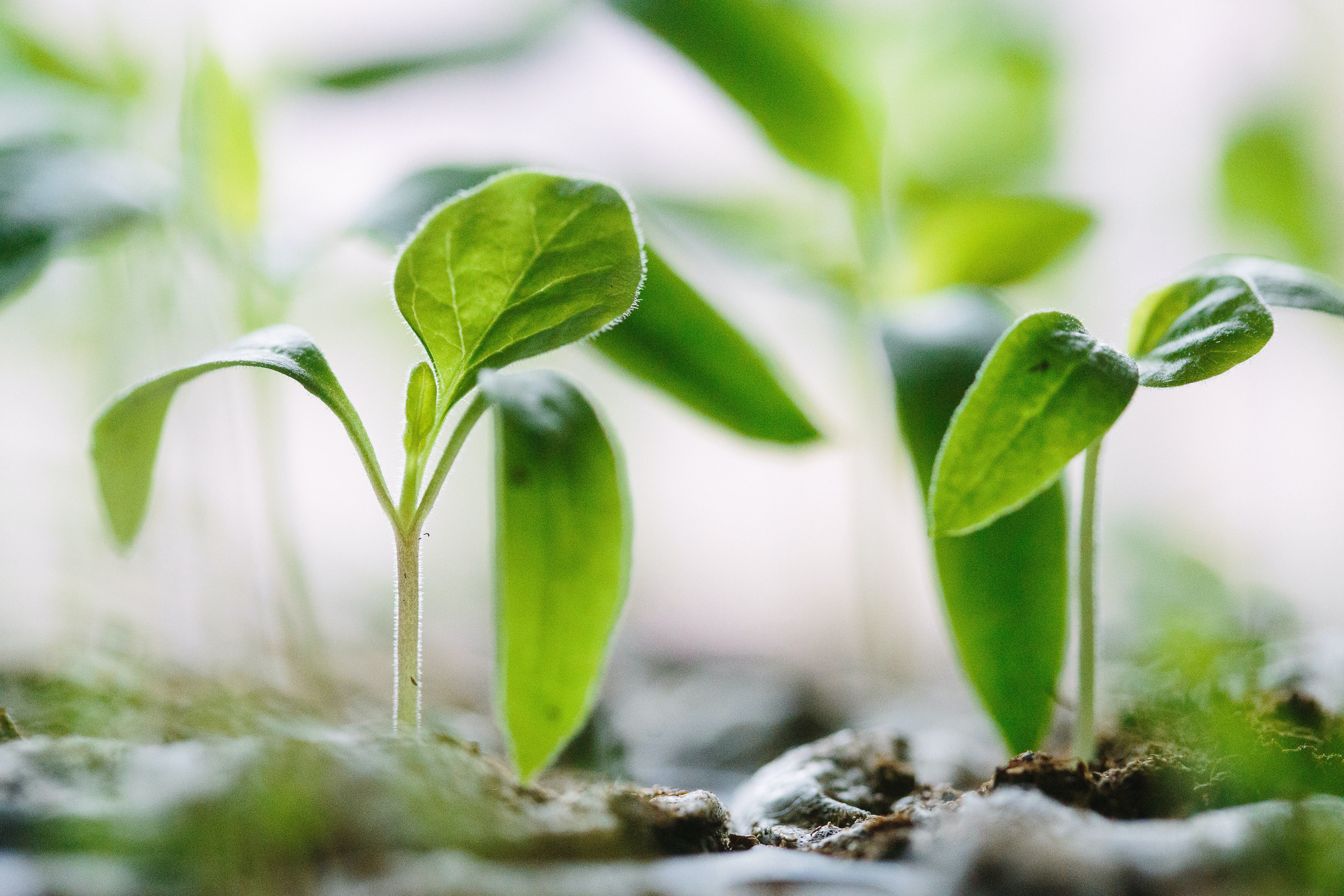About
Many social programs are geared towards recipients with high benefits or low costs of participation. However, implementers often cannot observe the full costs or benefits to participants, which prevents them from efficiently targeting who should participate. In this case, encouraging beneficiaries to self-select to participate in a program may help programs get to the right people by allowing implementers to overcome this lack of information.
One potential application of this strategy is payments for ecosystem services, such as incentivizing conservation or reforestation. Planting trees generates large social benefits as well as benefits to landowners. However, the benefits to landowners—such as erosion control and soil fertility—accrue slowly over time, which can discourage landowners from planting. Payments for ecosystem services compensate farmers for these private costs through direct payments for the environmental benefits they generate. We tested the impact of a subsidized tree planting program in Malawi, evaluating whether allocating contracts randomly or through self-selection (an auction) resulted in better program outcomes.
